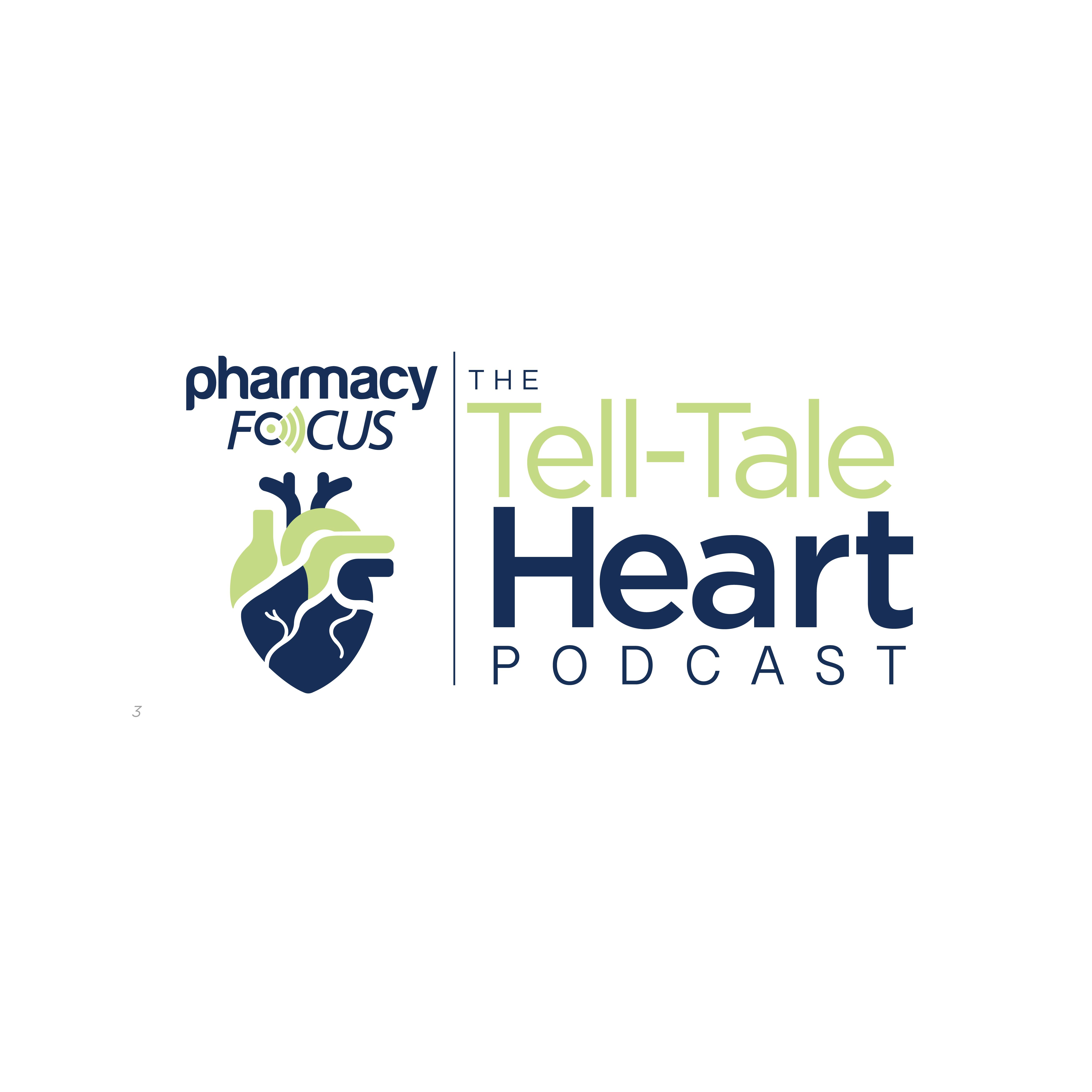News
Article
Real-World Study Shows Efficacy, Safety of First-Line Dacomitinib in Patients With EGFR-Mutated NSCLC
Author(s):
Key Takeaways
- Dacomitinib demonstrated superior survival benefits in EGFR-mutated NSCLC, consistent with ARCHER 1050 trial results.
- NSCLC is a leading cause of cancer-related deaths, with EGFR mutations prevalent in 17%-61% of cases.
Up to 61% of all non-small cell lung cancer (NSCLC) cases harbor EGFR mutations.
Dacomitinib (Vizimpro; Pfizer) demonstrated superior survival benefit in a real-world, retrospective study of patients with non-small cell lung cancer (NSCLC) with EGFR mutations, supporting study results from the phase 3 ARCHER 1050 trial (NCT01774721).1
AI illustration of targeted therapies attacking cancer cells | Image Credit: © Wanlop - stock.adobe.com

Lung cancer is the third most common cancer and the leading cause of cancer-related deaths in the United States. NSCLC accounts for nearly 87% of all lung cancer diagnoses, but only 25% to 30% of patients will respond to treatment. The most prevalent targetable driver mutation in lung cancer is the EGFR mutation, which is seen in 17% to 61% of all NSCLC cases. Exon 19 deletion and the L858R mutation in exon 21 are common EGFR alterations, occurring in 80% to 90% of cases. First-generation Tyrosine kinase inhibitors (TKIs) targeting EGFR mutations, such as erlotinib (Tarceva; Biogen Idec Inc), osimertinib (Tagrisso; AstraZeneca), and dacomitinib, have shown their enhanced survival benefit and clinical superiority over platinum-based chemotherapy.2-4
Dacomitinib is an EGFR-, human epidermal growth factor receptor 2 (HER2)-, and HER4-targeting oral small-molecule TKI that demonstrated clinically significant efficacy in progression-free survival (PFS) and overall survival (OS) compared with gefitinib (Iressa; AstraZeneca) in the multinational, multicenter, randomized, open-label, phase 3 ARCHER 1050 trial. In patients with locally advanced or metastatic NSCLC with common EGFR mutations, treatment with dacomitinib yielded a median PFS and OS of 14.7 months and 34.1 months, respectively.3
In the real-world retrospective analysis, researchers included 153 patients with EGFR-mutated NSCLC who received dacomitinib as a first-line treatment between January 2021 and December 2022 at Samsung Medical Center and St Vincent’s Hospital. Of the participants, 50.3% had exon 19 deletions, 46.4% had an L858R mutation in exon 21, and 45.1% had brain metastasis. The end points assessed were objective response rate (ORR), PFS, OS, the safety profile of dacomitinib, and subsequent treatments after dacomitinib failure.3
At the median follow-up duration of 16.9 months, patients receiving dacomitinib achieved a median PFS of 16.7 months (95% CI, 14.4-25.2). Depending on the type of EGFR mutation, patients with exon 19 deletion achieved a median PFS of 18.1 months (95% CI, 14.5-NE), compared with a median PFS of 15.9 months (95% CI, 12.5-NE) in patients with the L858R mutation.3
The safety profile was favorable, with 7.2% of patients experiencing adverse events of grade 3 or higher. Initially given at 45 mg, 85.6% of patients required a dose reduction, resulting in a final dosage of 30 mg in 49.0% of cases and 15 mg in 36.6% of cases.3
“With a tolerable safety profile and superior survival efficacy compared with previous prospective studies, it is anticipated to be a valuable second-generation EGFR TKI in clinical practice,” the authors wrote. “Additionally, the study highlights its efficacy in patients with brain metastasis, establishing it as one of the viable treatment options for NSCLC patients with brain metastasis.”3
These real-world findings reinforce the clinical benefits of dacomitinib observed in the ARCHER 1050 trial. With a favorable safety profile and durable survival outcomes, dacomitinib remains a valuable treatment option, particularly for patients with brain metastases, addressing a critical need in the evolving landscape of NSCLC therapy.






